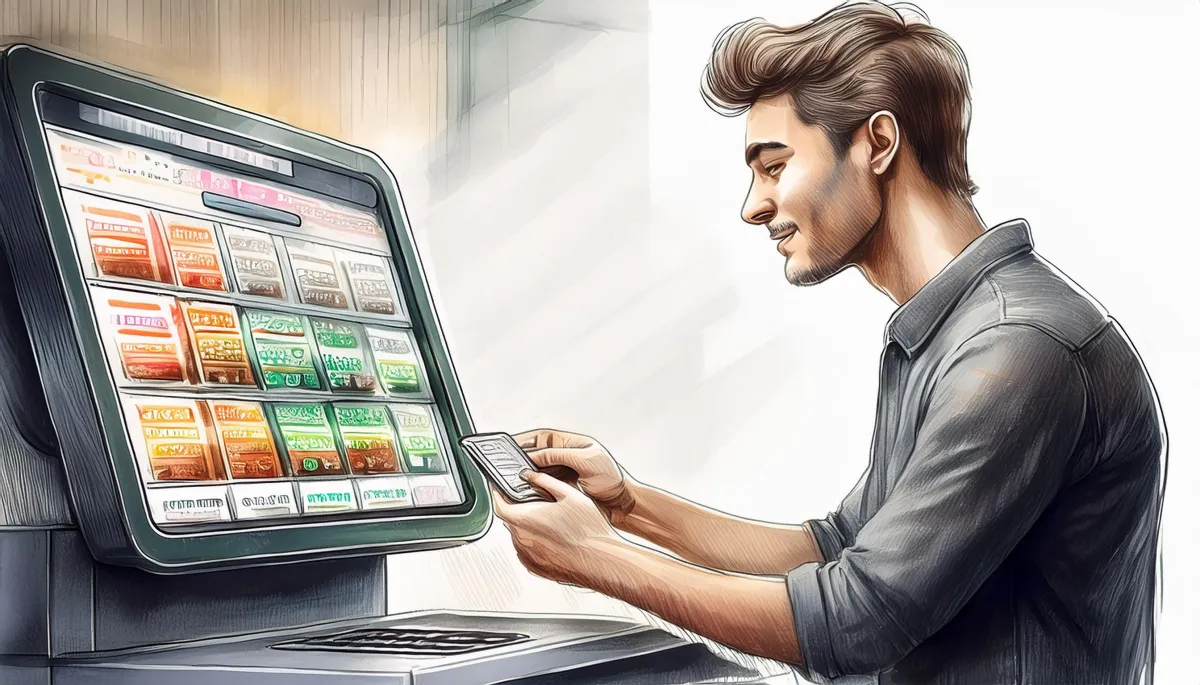
Trust at the Checkout: Why Transparency Is Today’s Biggest Currency
The Checkout Moment Matters More Than Ever
For retailers, the sale isn’t won when a customer adds an item to their cart. It’s won—or lost—at the checkout. In that final moment, clarity and confidence determine whether someone completes their purchase or abandons it.
In 2025, checkout isn’t just about convenience. It’s about trust. And increasingly, that trust is tied to transparency.
The Hidden Costs of Confusing Checkouts
Customers hate surprises at checkout. Unexpected fees, vague delivery timelines, unclear return rules—these friction points don’t just irritate, they erode trust. One survey showed that more than half of abandoned carts come down to last-minute costs or confusion.
Retailers who treat checkout as a place to “sneak in” margin end up paying for it in lost revenue and reputation. Shoppers don’t forget when they feel tricked, and in an era of endless alternatives, they rarely give brands a second chance.
From Price to Policy: The New Transparency Mandate
Transparency at checkout goes far beyond listing a product’s price. Today, customers expect:
Clear breakdowns of product cost, taxes, shipping, and fees.
Straightforward delivery windows, not vague ranges that shift post-purchase.
Accessible return policies, explained before payment.
Trust signals such as payment security badges and honest customer reviews.
In other words, the checkout page has become a brand’s contract with the customer. Every hidden fee or fuzzy promise feels like a broken clause.
The Risk of Over-Optimization
Over the past decade, retailers have obsessed over optimizing checkout speed. One-click buying, autofill, stored payment methods—all designed to shave off seconds. While speed is valuable, it cannot come at the expense of clarity.
The fastest checkout in the world won’t save a transaction if the shopper feels misled. In fact, the rush to optimize for speed sometimes strips away important information, creating more suspicion than confidence.

Trust as a Loyalty Driver
The upside of transparency is powerful. When customers trust that what they see is what they’ll get, they buy more and come back more often. Studies consistently show that transparency boosts not only conversion but also lifetime value.
Consider retailers who are upfront about delivery challenges. A clear, honest message about a potential delay builds more goodwill than over-promising and under-delivering. Similarly, offering side-by-side shipping options—free and slow versus paid and fast—empowers customers instead of surprising them.
The Checkout as a Competitive Differentiator
In 2025, where many retailers sell similar products at similar prices, checkout design is a competitive weapon. The brands winning loyalty aren’t just the ones with the lowest price or fastest shipping. They’re the ones that remove doubt in the buying moment.
Examples include:
Grocers displaying real-time delivery slot availability before checkout.
Apparel brands showing fit guarantees and return eligibility upfront.
Electronics retailers offering cost calculators that include recycling or disposal fees.
By transforming checkout from a point of anxiety into a point of assurance, these brands turn trust into their most valuable currency.
Transparency Beyond Retail
This shift isn’t just for consumer goods. Subscription services are under fire for hidden cancellation rules. Travel companies face backlash for “drip pricing” that hides baggage or seat fees until the last step. Even B2B vendors are learning that opaque contract terms can derail deals.
The pattern is clear: in every industry, opacity costs more than it saves.
The Future of Checkout
The next evolution of checkout won’t be about speed or flash—it will be about truth. Retailers will be judged not by how quickly they can close a sale but by how clearly they can communicate what a customer is buying, when they’ll receive it, and what recourse they’ll have if something goes wrong.
In an age of endless choice, the most powerful differentiator is trust. And that trust is built one checkout at a time.

